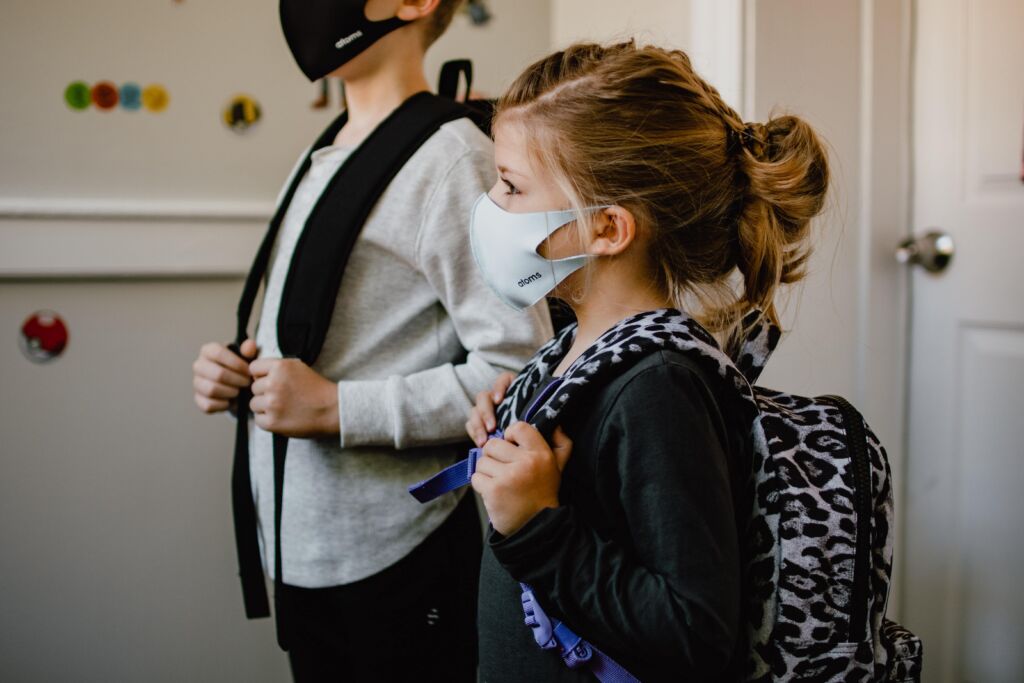Why are kids facing more restrictions than their parents?

Mask-optional policies in cities and businesses are becoming more prevalent, but many children continue to face mask mandates in school, leaving them with more restrictions than their parents.
Based on the science, this “kids-last approach” to policy changes “makes no sense,” writes economist Emily Oster in The Atlantic.
Kids face lower risk from COVID-19 than adults
Data throughout the pandemic has made it increasingly obvious that children have had the lowest hospitalization rates and face a significantly lower risk of serious illness from the virus than adults.
“Some children are more vulnerable than others, of course, and society owes special attention to high-risk kids,” continues Oster. “But it doesn’t follow that COVID restrictions for children ought to stay uniformly in place after they’ve been removed for their parents.”
Masking in school is not more effective than masking in other settings
Do COVID mitigation strategies work better in child settings than in others? Not according to data, says Oster.
Evidence from test-to-stay programs, for example, suggests that more than 97 percent of kids who are exposed to the coronavirus at school and are then required to stay home never end up testing positive. Keeping these kids out of school, then, isn’t meaningfully halting community spread. As for masking, others have made the point that, after two years, we still have paltry proof that face coverings significantly lower case counts at school. Even if you are skeptical of these arguments, masking in school (as practiced) is certainly not more effective than masking in other settings. The largest masking randomized trial, in Bangladesh, found the highest efficacy among older individuals.
Case rates across all age groups have been fairly similar
Children under five are not eligible for the COVID vaccine, but case rates have been fairly similar across all age groups, according to Oster.
Plus, there is the geographic “mismatch” to consider, she continues. “Areas with a high proportion of unvaccinated individuals tend to have limited restrictions on children; areas with high vaccination rates tend to have strict rules.”
Fear plays a role
Despite the data, though, parental concern over lifted mask mandates is real, Oster says.
This fear is a result, at least in part, of alarmist messaging. The CDC and the American Academy of Pediatrics have chosen to emphasize risks to children in a way that is at odds with the choices made by their European counterparts. We could debate whether this was the right choice, but the result is a fear of removing pandemic restrictions for children, even among adults who are not worried about their own health.
I will add that I believe the teachers’ union has played a powerful role in keeping restrictions on children, as their goalposts on what is “safe” continued to move.
Minnesota schools ease restrictions
A number of districts have finally lifted their mask mandates, with others expected to follow suit and ease restrictions as the threat of the Omicron variant diminishes. Masks are still required on school buses by federal law.
“One way or another — and sooner rather than later — we need to let children return to normalcy,” Oster concludes.